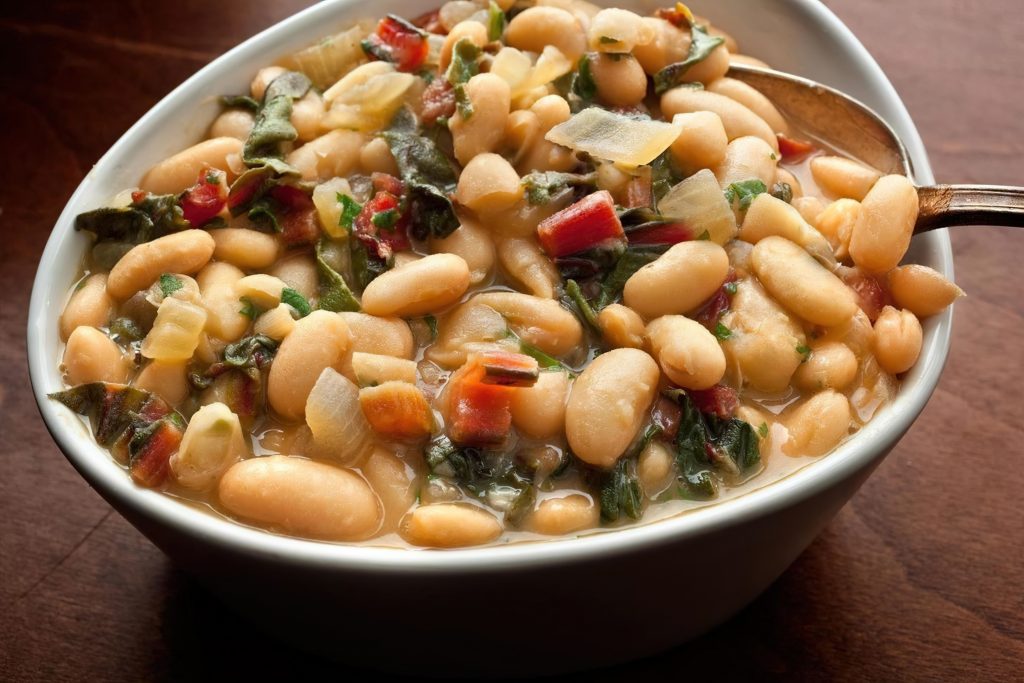Legumes, such as lentils, chickpeas, and beans, are a versatile and nutritious ingredient that can be incorporated into a wide range of dishes. They are packed with proteins, fibers, vitamins, and minerals, making them a healthy addition to any meal. This guide will walk you through the science behind cooking with legumes, from the soaking process to different cooking methods and even some mouthwatering recipes.
Why Soak Legumes?
Soaking legumes is an essential step in their preparation, as it helps to soften their texture, shorten cooking time, and reduce the presence of certain anti-nutrients. Phytic acid, for instance, can inhibit the absorption of minerals, while soaking can help to neutralize this effect. There are two main methods for soaking: overnight cold soak and the quick hot soak. Each method has its benefits, and your choice will depend on your time constraints and personal preference.
Cooking Techniques for Legumes
There are several cooking methods for legumes, each with its unique benefits. Boiling is the most common method, as it ensures even cooking and tenderizes the legumes. Simmering is another popular technique, as it allows the legumes to absorb the flavors of the cooking liquid. Pressure cooking, on the other hand, can significantly shorten cooking times, while slow cooking is perfect for dishes that require low and slow heat to develop flavors.
Tips for Perfectly Cooked Legumes
- Seasoning: Adding salt or acidic ingredients, such as tomatoes or vinegar, can slow down the cooking process, so it’s best to add them towards the end of cooking.
- Foam: Some legumes produce foam during cooking. Skimming it off ensures a clear broth and prevents overflowing.
- Test for doneness: To check if legumes are cooked, press one between your fingers or taste it. They should be tender but not mushy.
Delicious Legume Recipes to Try
- Classic Lentil Soup: A hearty, flavorful soup made with green or brown lentils, vegetables, and aromatic spices.
- Chickpea Curry: A rich, creamy curry with chickpeas, tomatoes, and a blend of Indian spices.
- Black Bean Tacos: Spicy black beans served in taco shells with avocado, tomato, and a dollop of sour cream.
Mastering the Art of Legume Salads and Sides
- Three-Bean Salad: A colorful and nutritious salad featuring green beans, kidney beans, and garbanzo beans, tossed with a tangy vinaigrette and fresh herbs.
- Lentil Salad with Roasted Vegetables: Cooked lentils combined with roasted vegetables like carrots, bell peppers, and onions, dressed with a lemony vinaigrette.
- Moroccan Chickpea and Couscous Salad: A flavorful salad made with chickpeas, couscous, dried fruit, and toasted nuts, seasoned with a blend of Moroccan spices.
Transforming Legumes into Delicious Dips and Spreads
- Classic Hummus: A smooth, creamy dip made from chickpeas, tahini, lemon juice, and garlic, perfect for spreading on pita or serving with fresh vegetables.
- Black Bean Dip: A zesty dip made with black beans, lime juice, cilantro, and spices, ideal for pairing with tortilla chips or as a filling for quesadillas.
- White Bean and Rosemary Spread: A savory, rustic spread made with cannellini beans, garlic, and fresh rosemary, perfect for serving on crusty bread or crackers.
Adding Legumes to Hearty Main Courses
- Vegetarian Chili: A satisfying, protein-packed chili made with kidney beans, black beans, and pinto beans, simmered with tomatoes, bell peppers, and a blend of spices.
- Lentil Bolognese: A vegetarian twist on the classic Italian dish, featuring cooked lentils in a rich, tomato-based sauce, served over pasta or spaghetti squash.
- Chickpea and Vegetable Stir-Fry: A quick and easy stir-fry made with chickpeas, an assortment of colorful vegetables, and a flavorful sauce, served over rice or noodles.
In conclusion, legumes offer a world of possibilities in the kitchen, providing endless opportunities to create nutritious and delicious dishes. By exploring various cooking techniques, flavor combinations, and creative recipes, you’ll be able to harness the full potential of legumes and elevate your culinary skills. Enjoy experimenting with legumes and discover new favorite dishes that you and your loved ones will enjoy.

